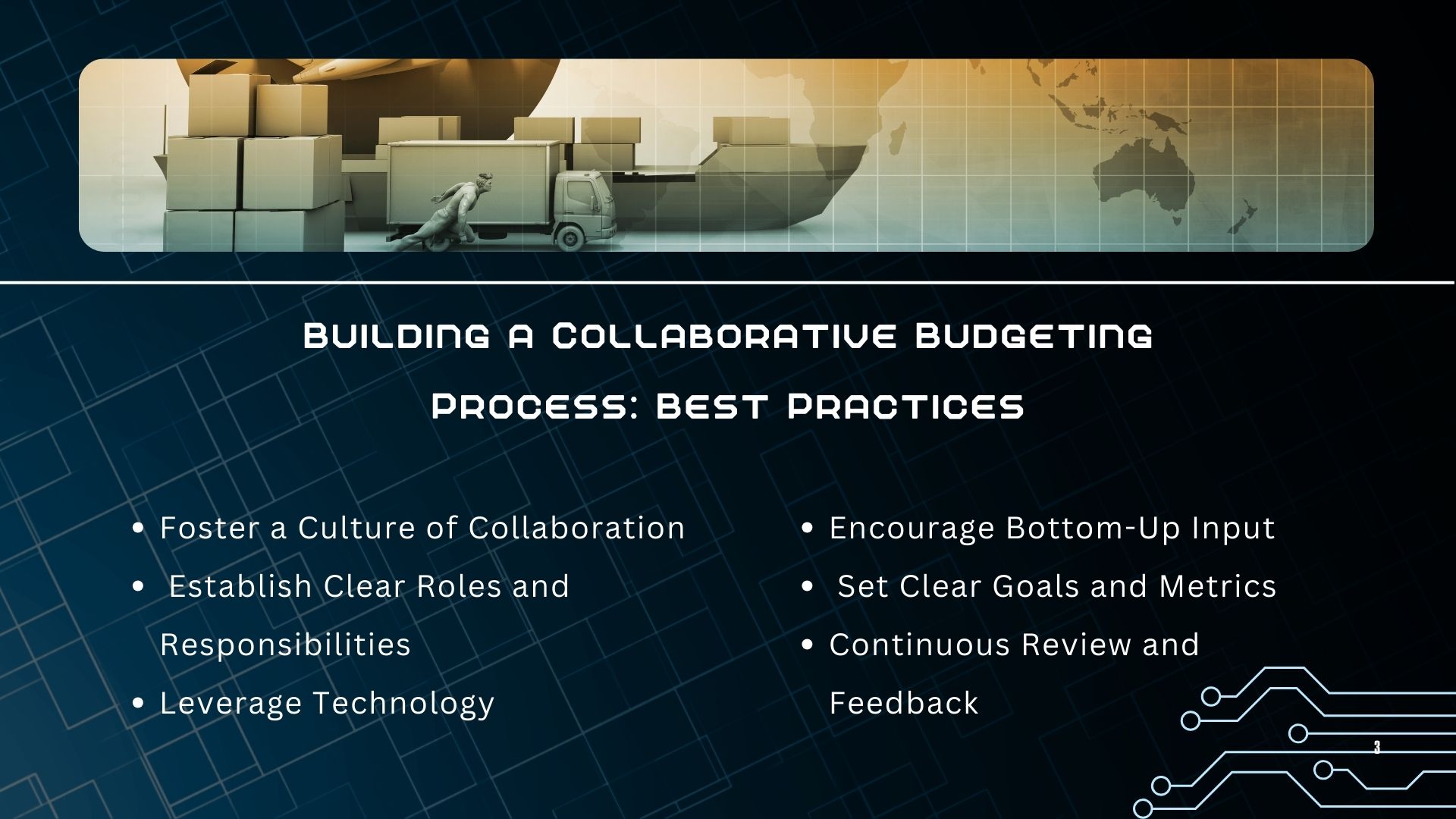Building a Collaborative Budgeting Process: Best Practices
Creating an accurate and actionable budget is a critical component of effective financial management. However, traditional budgeting processes often suffer from silos, miscommunication, and a lack of alignment across departments. By fostering collaboration among various teams, organizations can build a more inclusive and effective budgeting process that not only enhances accuracy but also drives strategic alignment. Here are best practices for building a collaborative budgeting process.
1. Foster a Culture of Collaboration
Promote Open Communication
Encouraging open lines of communication across departments is essential. Regular meetings and forums can facilitate discussions around budget needs, expectations, and constraints. Using collaborative tools like Slack or Microsoft Teams can help keep everyone connected and informed.
Break Down Silos
Departmental silos can hinder collaboration. Encourage cross-functional teams to work together during the budgeting process, involving representatives from finance, operations, sales, marketing, and HR. This diverse input helps create a more comprehensive understanding of the organization’s needs.
2. Establish Clear Roles and Responsibilities
Define Responsibilities
Clearly outline roles and responsibilities for each team involved in the budgeting process. This clarity helps prevent overlaps and gaps in accountability. For instance, finance can oversee the overall budget framework, while department heads can provide specific inputs and projections.
Assign Budget Champions
Designate budget champions within each department who will be responsible for collecting data, gathering input from their teams, and ensuring alignment with overall business objectives. These champions can act as liaisons between their departments and the FP&A team.

3. Leverage Technology
Use Budgeting Software
Investing in collaborative budgeting software can streamline the process. Tools like Adaptive Insights, Anaplan, or Oracle Hyperion can facilitate real-time data sharing, version control, and easy access to relevant metrics, allowing all stakeholders to contribute more efficiently.
Implement a Centralized Data Repository
A centralized repository for financial data and past budgets allows departments to access historical information, making it easier to justify budget requests and understand trends. This transparency supports informed decision-making across the organization.
4. Encourage Bottom-Up Input
Involve All Levels of Staff
Encouraging input from all levels of staff fosters a sense of ownership and accountability. Employees who are directly involved in day-to-day operations often have valuable insights into budget needs and constraints that management might overlook.
Conduct Surveys and Workshops
Using surveys or workshops to gather input from different teams can enhance the budgeting process. These sessions can facilitate brainstorming and idea generation, ensuring that various perspectives are considered.
5. Set Clear Goals and Metrics
Align Budgets with Strategic Objectives
Ensure that the budgeting process aligns with the organization’s strategic goals. This alignment helps departments understand how their budgets contribute to overall business objectives, making it easier to prioritize spending.
Establish Key Performance Indicators (KPIs)
Define KPIs that will help measure budget performance. These metrics can serve as benchmarks for departments to evaluate their budget proposals and ensure they are focused on achieving desired outcomes.
6. Continuous Review and Feedback
Implement Regular Check-Ins
Incorporate regular check-ins throughout the budgeting process to review progress, address concerns, and make necessary adjustments. These meetings can help maintain momentum and ensure that all departments remain aligned.
Solicit Feedback Post-Budget
After the budget has been finalized and implemented, gather feedback from all stakeholders on the process. Understanding what worked and what didn’t can help refine future budgeting cycles and improve collaboration.
Conclusion
Building a collaborative budgeting process is essential for creating accurate and actionable budgets that drive organizational success. By fostering a culture of collaboration, clearly defining roles and responsibilities, leveraging technology, encouraging bottom-up input, aligning budgets with strategic objectives, and implementing continuous review and feedback mechanisms, FP&A professionals can enhance the effectiveness of the budgeting process. In doing so, organizations can create a more agile, responsive budgeting environment that ultimately supports their long-term goals and objectives.
